By THE ASSOCIATED PRESS
SYDNEY, Australia (AP) -- A proposed Internet filter dubbed the ''Great Aussie Firewall'' is promising to make Australia one of the strictest Internet regulators among democratic countries.
Consumers, civil-rights activists, engineers, Internet providers and politicians from opposition parties are among the critics of a mandatory Internet filter that would block at least 1,300 Web sites prohibited by the government -- mostly child pornography, excessive violence, instructions in crime or drug use and advocacy of terrorism.
Hundreds protested in state capitals earlier this month.
''This is obviously censorship,'' said Justin Pearson Smith, 29, organizer of protests in Melbourne and an officer of one of a dozen Facebook groups against the filter.
The list of prohibited sites, which the government isn't making public, is arbitrary and not subject to legal scrutiny, Smith said, leaving it to the government or lawmakers to pursue their own online agendas.
''I think the money would be better spent in investing in law enforcement and targeting producers of child porn,'' he said.
Internet providers say a filter could slow browsing speeds, and many question whether it would achieve its intended goals. Illegal material such as child pornography is often traded on peer-to-peer networks or chats, which would not be covered by the filter.
''People don't openly post child porn, the same way you can't walk into a store in Sydney and buy a machine gun,'' said Geordie Guy, spokesman for Electronic Frontiers Australia, an Internet advocacy organization. ''A filter of this nature only blocks material on public Web sites. But illicit material ... is traded on the black market, through secret channels.''
Communications Minister Stephen Conroy proposed the filter earlier this year, following up on a promise of the year-old Labor Party government to make the Internet cleaner and safer.
''This is not an argument about free speech,'' he said in an e-mail to The Associated Press. ''We have laws about the sort of material that is acceptable across all mediums and the Internet is no different. Currently, some material is banned and we are simply seeking to use technology to ensure those bans are working.''
Jim Wallace, managing director of the Australian Christian Lobby, welcomed the proposed filter as ''an important safeguard for families worried about their children inadvertently coming across this material on the Net.''
Conroy's office said a peer-to-peer filter could be considered. Most of today's filters are unable to do that, though companies are developing the technology.
The plan, which would have to be approved by Parliament, has two tiers. A mandatory filter would block sites on an existing blacklist determined by the Australian Communications Media Authority. An optional filter would block adult content.
The latter could use keywords to determine which sites to block, a technology that critics say is problematic.
''Filtering technology is not capable of realizing that when we say breasts we're talking about breast cancer, or when we type in sex we may be looking for sexual education,'' Guy said. ''The filter will accidentally block things it's not meant to block.''
A laboratory test of six filters for the Australian Communications Media Authority found they missed 3 percent to 12 percent of material they should have barred and wrongly blocked access to 1 percent to 8 percent of Web sites. The most accurate filters slowed browsing speeds up to 86 percent.
The government has invited Internet providers to participate in a live test expected to be completed by the end of June.
The country's largest Internet provider, Telstra BigPond, has declined, but others will take part. Provider iiNet signed on to prove the filter won't work. Managing director Michael Malone said he would collect data to show the government ''how stupid it is.''
The government has allocated 45 million Australian dollars ($30.7 million) for the filter, the largest part of a four-year, AU$128.5 million ($89 million) cybersafety plan, which also includes funding for investigating online child abuse, education and research.
One of the world's largest child-advocacy groups questions such an allocation of money.
''The filter may not be able to in fact protect children from the core elements of the Internet that they are actually experiencing danger in,'' said Holly Doel-Mackaway, an adviser with Save the Children. ''The filter should be one small part of an overall comprehensive program to educate children and families about using the Internet.''
Australia's proposal is less severe than controls in Egypt and Iran, where bloggers have been imprisoned; in North Korea, where there is virtually no Internet access; or in China, which has a pervasive filtering system.
Internet providers in the West have blocked content at times. In early December, several British providers blocked a Wikipedia entry about heavy metal band Scorpion. The entry included its 1976 ''Virgin Killer'' album cover, which has an image of a naked underage girl. The Internet Watch Foundation warned providers the image might be illegal.
Canada, Sweden, the United Kingdom have filters, but they are voluntary.
In the United States, Pennsylvania briefly imposed requirements for service providers to block child-pornography sites, but a federal court struck down the law because the filters also blocked legitimate sites.
In Australia, a political party named the Australian Sex Party was launched last month in large part to fight the filter, which it believes could block legal pornography, sex education, abortion information and off-color language.
But ethics professor Clive Hamilton, in a column on the popular Australian Web site Crikey.com, scoffed at what he called ''Net libertarians,'' who believe freedom of speech is more important than limiting what children can access online.
''The Internet has dramatically changed what children can see,'' said the professor at Charles Sturt University in Canberra, noting that ''a few extra clicks of a mouse'' could open sites with photos or videos of extreme or violent sex. ''Opponents of ISP filters simply refuse to acknowledge or trivialize the extent of the social problem.''
Original here

 If you are the kind of person who can’t help but look when you drive by an accident scene,
If you are the kind of person who can’t help but look when you drive by an accident scene, 



 Apple's (AAPL)
Apple's (AAPL) 

 Prior to Macworld 2007, where Apple CEO Steve Jobs unveiled the first iPhone, heated rumors were swirling much in the same way about the device. Nearly every analyst, blog, website, news publication and magazine had an inside tip, or what they thought was “credible” information about the rumored iPhone. Much in the same way the industry regards an Apple netbook or multi-touch Mac, a rumored iPhone nano has gained some major notoriety lately.
Prior to Macworld 2007, where Apple CEO Steve Jobs unveiled the first iPhone, heated rumors were swirling much in the same way about the device. Nearly every analyst, blog, website, news publication and magazine had an inside tip, or what they thought was “credible” information about the rumored iPhone. Much in the same way the industry regards an Apple netbook or multi-touch Mac, a rumored iPhone nano has gained some major notoriety lately.  Last week, Electronic Arts finally released
Last week, Electronic Arts finally released 
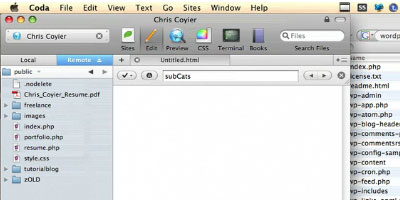
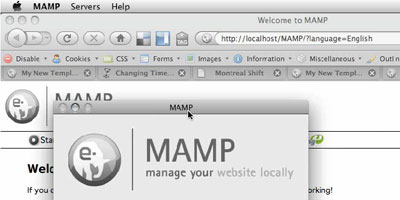






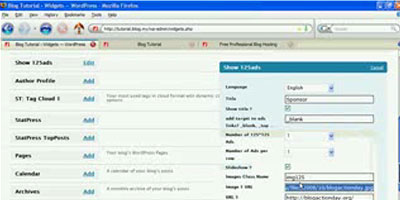

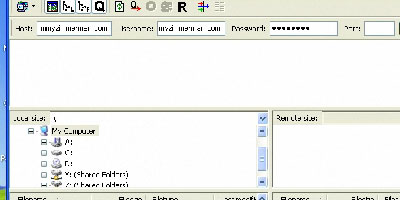
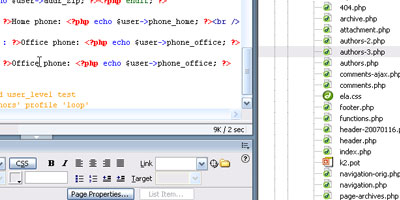
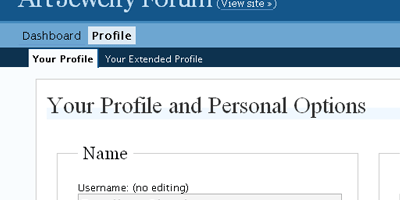


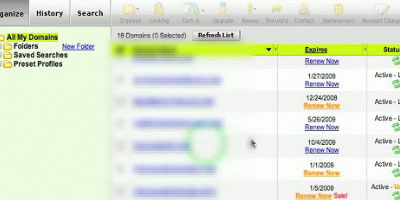
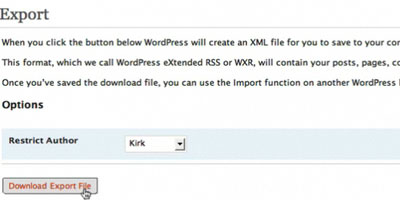
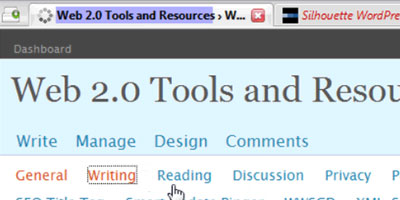
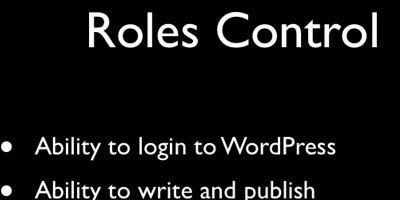
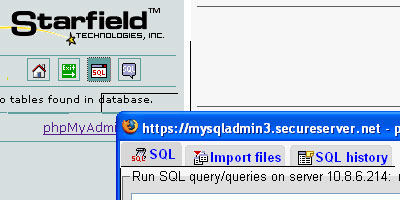
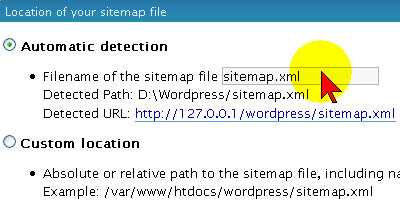


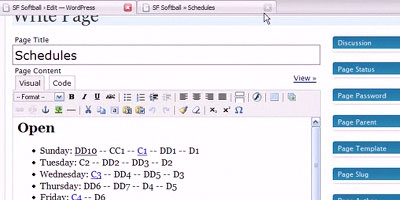




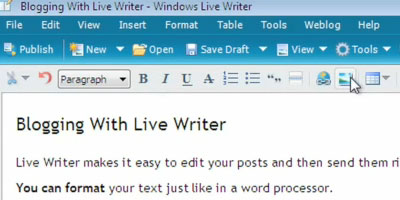




 uTorrent saw its first public release in September 2005. A year later this popular lightweight client was acquired by BitTorrent Inc. who continued to develop the application, recently introducing a
uTorrent saw its first public release in September 2005. A year later this popular lightweight client was acquired by BitTorrent Inc. who continued to develop the application, recently introducing a 

